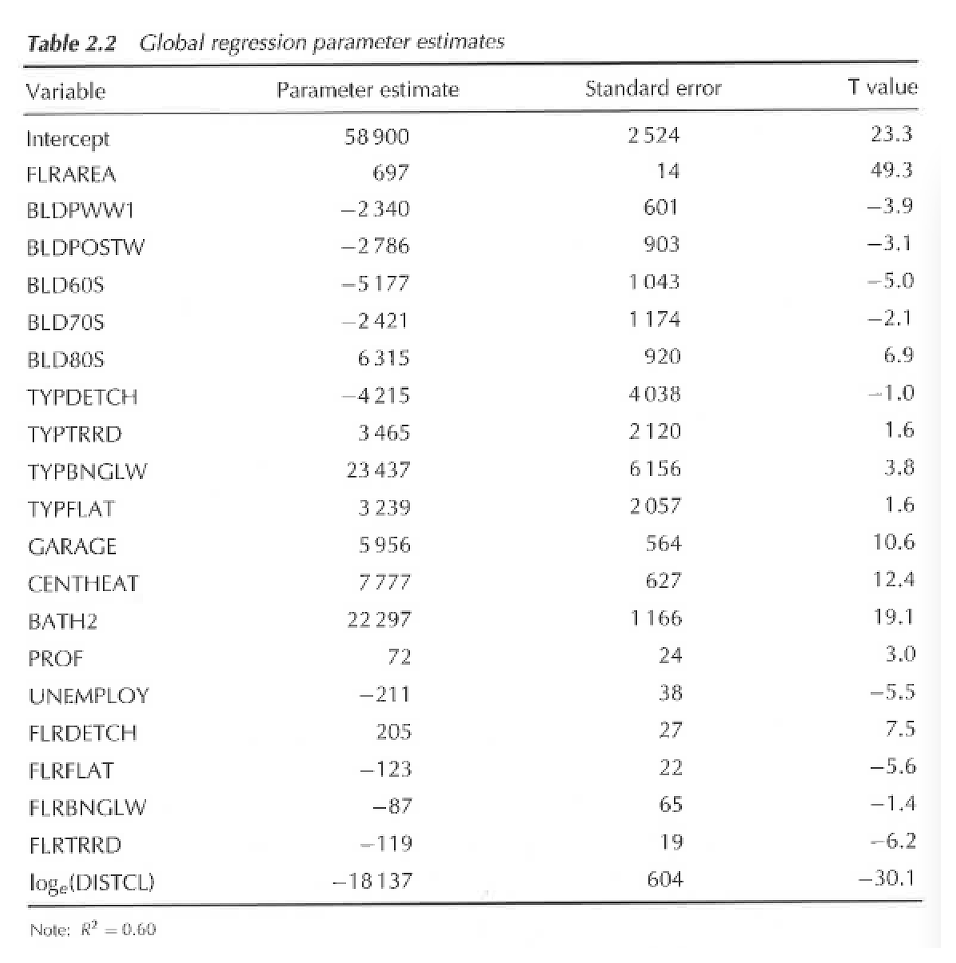
image source commons.wikimedia.org by Magnus Manske
id landuse
1 1 urban
2 2 urban
3 3 rural
4 4 commercial
5 5 industrial
id landuse urban rural commercial
1 1 urban 1 0 0
2 2 urban 1 0 0
3 3 rural 0 1 0
4 4 commercial 0 0 1
5 5 industrial 0 0 0

model <- glm(y ~ x, family = "binomial")
source Abler, Adams & Gould 1971
Spatial Organization Prentice-Hall
drawing on an unpublished
Masters thesis by John Florin
Lake Hillier, Australia apparently it really is pink...
image source
culturauniversale.blogspot.com
houses in London Fields
image source flickr.com
by Matthew Rutledge


image source geograph.org.uk by Matt Harrop CC2.0 license